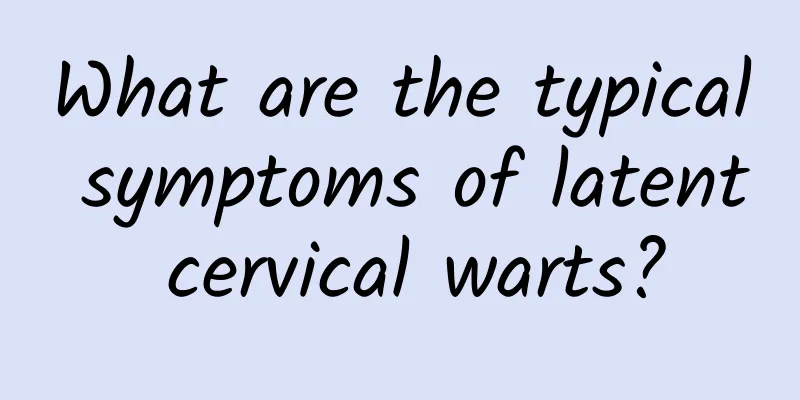Answer the cause of cervical polyps

|
Although cervical polyps will not cause harm to women's bodies in the short term, they may lead to infertility over time. Therefore, the cause of cervical polyps has become a focus of concern for patients. The following will introduce this issue to you. The cervix is the lower part of the uterus, and its inner cavity is cylindrical or fusiform, called the cervical canal. Its upper end is the internal cervical os, and its lower end is the external os. There is a layer of mucous membrane on the surface of the cervical canal. Due to the long-term stimulation of chronic inflammation, the cervical canal mucosa continues to proliferate and accumulate, and protrude from the basal layer of the mucosa to the external os of the cervix, thus forming polyps, which is one of the causes of cervical polyps. The roots of cervical polyps are mostly attached to the endocervical canal or the external opening of the cervix. They are generally small, with a diameter of less than 1 cm, and can be single or multiple. There are also larger ones, with a diameter of several centimeters, with pedicles, and protruding outside the cervical opening as they grow. Small polyps remain in the endocervical canal and only slightly appear at the cervical opening. In addition, the cause of cervical polyps may also be related to endocrine disorders, especially high estrogen levels. For example, long-term inflammation may also cause cervical polyps. Cervical polyps are easily ignored because more than 1/3 of patients lack obvious symptoms and are only discovered during doctor's examination. Even if there are symptoms, most of them are relatively mild, mainly a small amount of bright red spotting, or a small amount of bleeding after sexual intercourse, but this will not be noticed by patients. The causes of cervical polyps vary from person to person. Cervical polyps are accumulations formed by localized hyperplasia of the cervical mucosa and are one of the common gynecological diseases. Larger polyps may have certain clinical symptoms, while smaller polyps may not have any symptoms and are only discovered during gynecological examinations. The above content is the answer to the cause of cervical polyps, I hope it will be helpful to you. For more gynecological health consultation, please click online consultation, and the experts will give you detailed answers. |
<<: Clinical symptoms of cervical polyps
>>: Uncover the causes of cervical polyps
Recommend
What are the causes of cervical hypertrophy?
What are the causes of cervical hypertrophy? What...
What should I eat after miscarriage that is good for my uterus? What should I pay attention to after miscarriage?
Environmental pollution is very serious nowadays,...
How is a woman with two vaginas and two uteruses different from a normal woman? Do all the babies she gives birth to twins?
"Doctor, I recently found out during a physi...
What should I do if my fallopian tube is blocked and my menstruation does not come?
What should I do if my fallopian tube is blocked ...
What are the most common manifestations of pelvic inflammatory disease?
Pelvic inflammatory disease is common in life, bu...
Early treatment of hyperprolactinemia
Treatment for high prolactin. Prolactin is a poly...
What tests should be done for vaginitis?
Vaginitis is a common gynecological disease in cl...
Can I have a baby if I have vaginitis or cervical erosion?
Can I have a baby if I have vaginitis or cervical...
Can I eat longan after abortion?
You can eat longan in moderation after abortion, ...
Women who smoke may have an increased risk of ectopic pregnancy
In the past 20 years, the incidence of ectopic pr...
What are the common sense of nursing for cervical warts
In addition to following the doctor's advice,...
What to eat after a miscarriage to help your uterus recover?
After a miscarriage, you may be in a state of qi ...
What are the dangers of having an abortion within two months? The harm of abortion to women is manifested in two aspects
Abortion is a very common choice nowadays. When c...
Will an ovarian cyst shrink on its own? Will it get worse if left untreated?
Will an ovarian cyst get smaller on its own? Will...
Is pelvic peritonitis contagious through sexual intercourse?
Pelvic peritonitis, especially chronic pelvic per...









